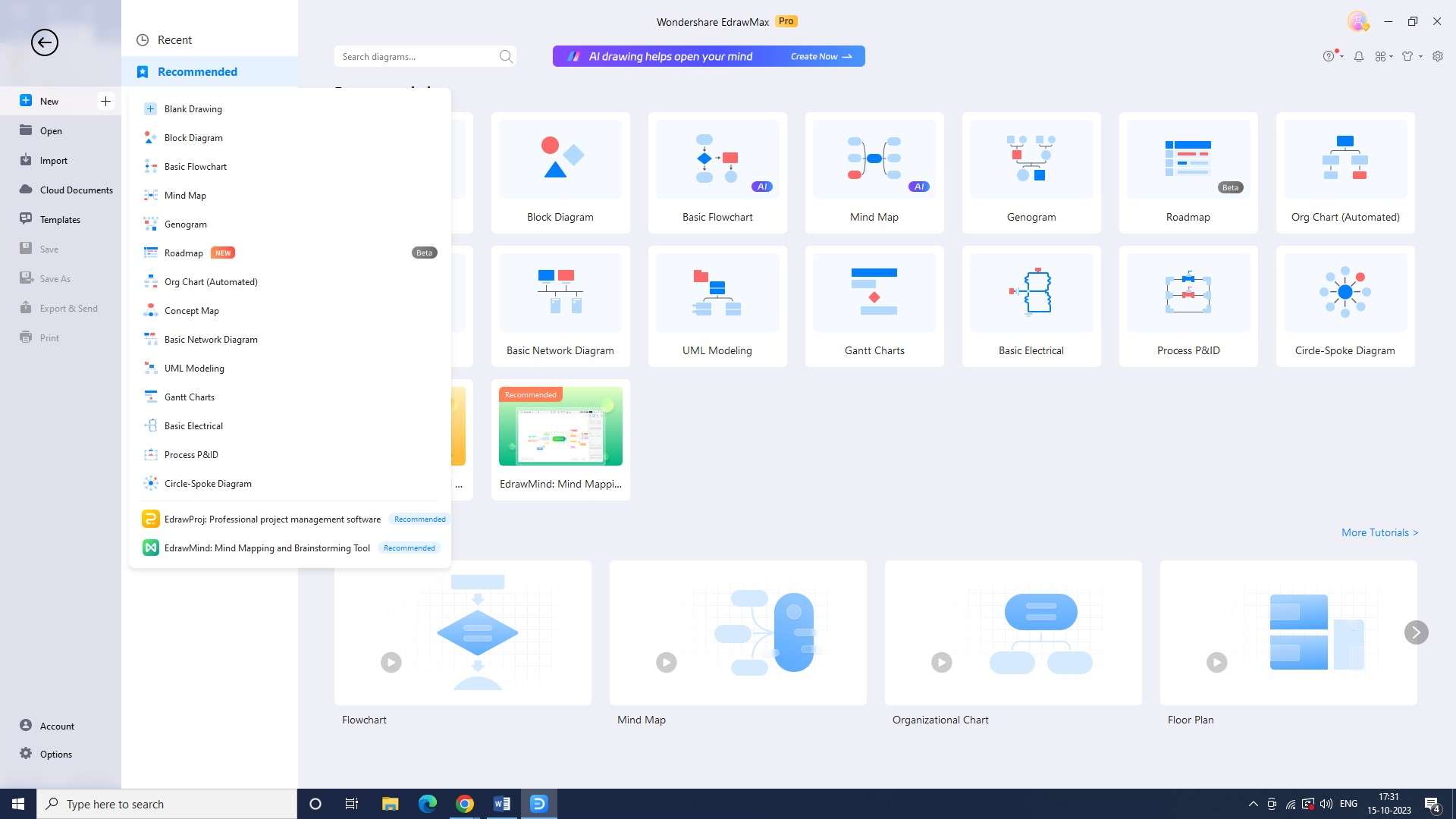Risk assessment analysis is a systematic process that helps organizations identify, analyze, and evaluate potential risks. By understanding the hazards and uncertainties they may face, organizations can make informed decisions and implement appropriate measures to mitigate these risks. This article explores the purpose of risk assessment, the steps involved in the process, and various strategies for risk mitigation.
In this article
Part 1. Definition of Risk Assessment
At its core, risk assessment refers to the systematic process of identifying, analyzing, and evaluating potential risks and uncertainties that an organization or project may encounter. It involves the identification of hazards, the analysis of their potential impact, and the subsequent assessment of the likelihood of these risks occurring. The ultimate goal of risk assessment and management is to make informed decisions and implement appropriate measures to mitigate potential risks.
Part 2. Purpose of Risk Assessment
The purpose of risk assessment is multifaceted. Risk assessment and management is vital for effective risk management within organizations. Risk assessment is conducted in every type of organization.
1. Enhancing Decision-Making: Risk assessment informs informed decisions by identifying hazards and uncertainties, enabling resource prioritization and contingency planning.
2. Identifying Vulnerabilities: Risk assessment, like quality risk assessment, pinpoints areas susceptible to risks, allowing preventive measures and controls implementation.
3. Ensuring Compliance: Risk assessment helps meet legal and regulatory requirements, avoiding legal repercussions and showcasing commitment to risk management.
4. Safeguarding Stakeholder Interests: Risk assessment protects stakeholder interests by anticipating and mitigating risks, preserving reputation, and preventing financial losses.
Part 3. Steps in the Risk Assessment Process
The risk assessment process typically consists of several sequential steps, whether it’s IT risk assessment or something else. This process ensures a productive assessment of risks. Every step in this process is of substantial importance.

1. Identify Hazards: Systematically identify potential risks to the organization through brainstorming, historical data review, site inspections, and stakeholder engagement.
2. Assess Risks: Analyze the likelihood and potential impact of identified hazards to determine the level of risk.
3. Evaluate Risk Severity: Evaluate the severity of each risk to prioritize them based on their potential impact and likelihood of occurrence.
4. Implement Risk Controls: Develop and implement strategies and controls to mitigate risks, such as safety protocols, process improvements, or technology risk assessment.
5. Monitor and Review: Continuously monitor and review the effectiveness of risk controls to ensure they are functioning as intended and make necessary adjustments as new risks arise.
Part4. Risk Mitigation Strategies
Risk identification involves systematically identifying and categorizing potential risks within an organization. The identified risks are then prioritized based on their potential impact, likelihood of occurrence, and the organization's tolerance for risk. Prioritization enables organizations to allocate resources effectively and address the most critical risks first.
Various techniques, such as risk matrices, risk registers, expert judgment, and vendor risk assessment, can aid in this process.
Risk mitigation strategies are crucial for minimizing the impact of identified risks. They assist organizations in maintaining business continuity in the face of unexpected challenges.
1. Avoidance: This strategy involves avoiding activities or situations that pose significant risks, eliminating exposure to those risks entirely.
2. Transfer: Risk transfer involves transferring the potential the financial burden of a risk to another party, such as through insurance policies or contracts.
3. Mitigation: Mitigation strategies focus on reducing the likelihood or impact of risks. This may involve implementing safety protocols, using protective equipment, or conducting regular inspections.
Part 5. Make a Risk Assessment Chart in EdrawMax
Risk assessment charts are an important part of risk management and are used to identify, analyze, and evaluate potential risks to an organization or project. Creating a risk assessment chart, be it for strategic risk assessment or something else, can be a daunting task, but with the help of Wondershare EdrawMax templates, it can be made easier. Just follow these steps to create a risk assessment flowchart using the tool:
Step 1: Log into your Wondershare EdrawMax account by entering the necessary details carefully. If you don’t have an account, you can create one easily.

Step 2: Click on the “+” design beside the “New” button. This will create a new document.

Step 3: You can now select a relevant risk assessment chart template from the tool’s library. The template will help you create a professional-looking risk assessment chart in no time.

Step 4: Now, you can enter the data you want to include in the chart. This could include the risks, the probability of risk, the impact of the risk, and any proposed solutions or mitigation strategies.

Step 5: Following entering the data, you can customize the chart to make it look more professional. You can change the color scheme, add symbols and icons, and adjust the size and shape of the chart.

Step 6: After you have finished customizing the chart, you can save it to your computer or to the cloud. This will make it easier to access and share with others.

Step 7: You can now export it to a variety of different formats. This could include a PDF, a JPEG, or any other format.

Conclusion
Risk assessment is a vital tool for effective risk management within organizations. By identifying vulnerabilities, ensuring compliance, and safeguarding stakeholder interests, ISO risk assessment enables organizations to proactively address potential risks. Through a systematic process, organizations can minimize the impact of risks and maintain business continuity.




